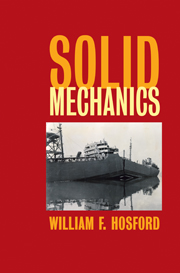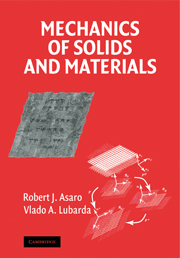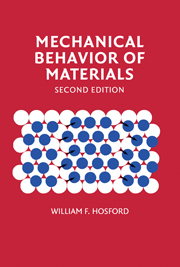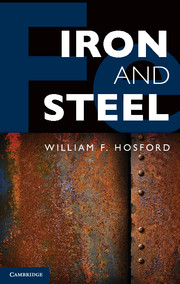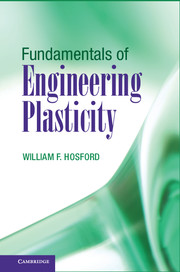Solid Mechanics
This book provides a background in the mechanics of solids for students of mechanical engineering, while limiting the information on why materials behave as they do. It is assumed that the students have already had courses covering materials science and basic statics. Much of the material is drawn from another book by the author, Mechanical Behavior of Materials. To make the text suitable for mechanical engineers, the chapters on slip, dislocations, twinning, residual stresses, and hardening mechanisms have been eliminated and the treatment of ductility, viscoelasticity, creep, ceramics, and polymers has been simplified.
- A textbook providing background in the mechanics of solids for students of mechanical engineering
- Treatment of ductility, viscoelasticity, creep, ceramics, and polymers has been simplified making this text suitable for engineering students
Product details
March 2010Hardback
9780521192293
272 pages
261 × 183 × 24 mm
0.81kg
225 b/w illus. 8 tables 180 exercises
Temporarily unavailable - available from TBC
Table of Contents
- 1. Stress, strain and boundary conditions
- 2. Elasticity
- 3. Mechanical testing
- 4. Strain hardening
- 5. Plasticity theory
- 6. Temperature and strain-rate
- 7. Viscoelasticity
- 8. Creep and stress rupture
- 9. Ductility and fracture
- 10. Fracture mechanics
- 11. Fatigue
- 12. Polymers and ceramics
- 13. Composites
- 14. Forming
- 15. Anisotropy.

